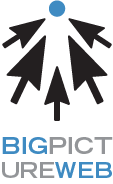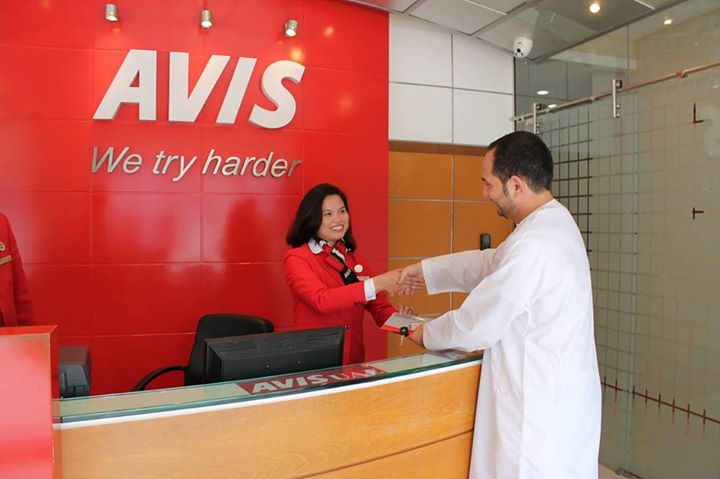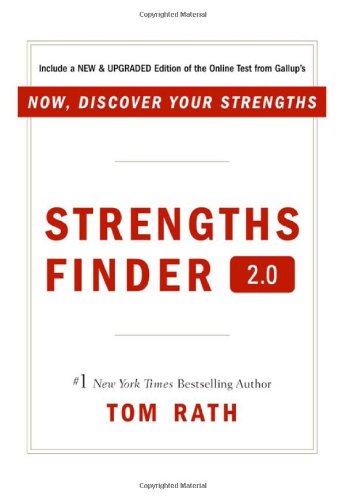French painter Claude Monet founded the impressionist style of painting characterized by small, thin brushstrokes that are visible and are used to emphasize light's changing qualities.
It's from this style of painting that we can best learn the meaning of personal branding.
These brushstrokes appear to be abstract when viewed in a smaller context.
The Small Things Shape the Big Things
Now, I'm not a an art buff, but I know enough to recognize impressionism when I see it and why I like it. It's the brushstrokes. Viewed in the very small context of the handful of other brushstrokes that surround it, an individual splash of green, yellow or blue seems insignificant. You have to zoom out to see how each effort comes together to help shape and define the bigger picture.
The Brushstrokes of Your Career
Your career and personal brand works the same way as Impression, Sunrise, the painting that helped Monet coin the painting style he would become famous for developing. Every position throughout your career, each tweet, every award, your side projects, even the people you surround yourself with and how you interact with others -- consider all of these things to be the brushstrokes of your personal brand.
Like Monet's brushstrokes, your efforts paint a complete picture of who you are, what you stand for and all of the other emotion-based associations people have with their favorite brands. It's an understanding about you or a collective feeling someone gets when they think of you. This your personal brand.
Impression, Sunrise is the painting that coined the term, impressionism.
Are You Painting Water Lilies or Finger Painting?
Then question, then is what type of picture are you painting? If you say yes to every project, are you creating a random blur? If you're immature and complain frequently on social media, are you creating what amounts to a child's finger painting? It takes a lot of self-awareness and forethought to create a personal brand. Those that don't think about it are often creating an image of themselves that isn't altogether impressive, pleasant, or clear.
If you're not actively working on your personal brand, this is the picture you could be painting about yourself. Source: flickr
The meaning of personal branding is to actively understand how the brushstrokes of your life are constantly painting the picture of you and how to wield each day as a brush used to paint something worth looking at.
What do you do to make sure that all of the things you do are connected to a greater vision you have for yourself? Do you know what that vision is? How do you go about planning for your personal brand?










